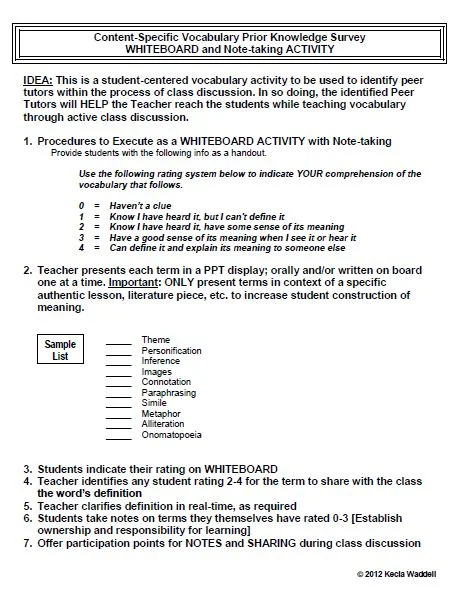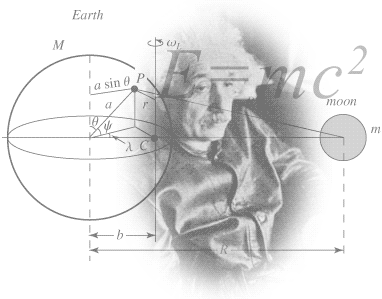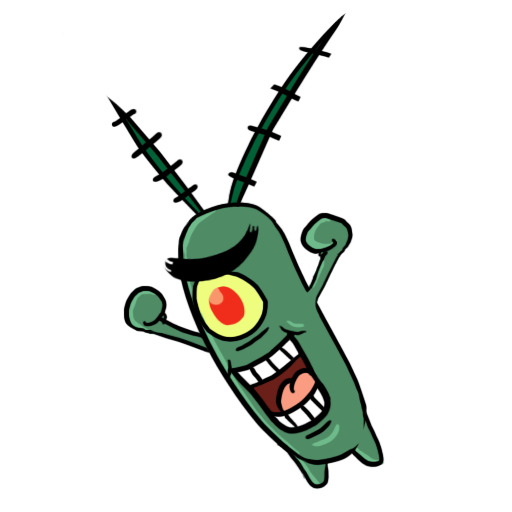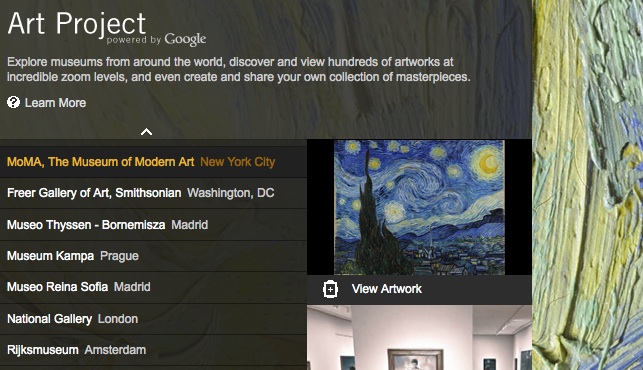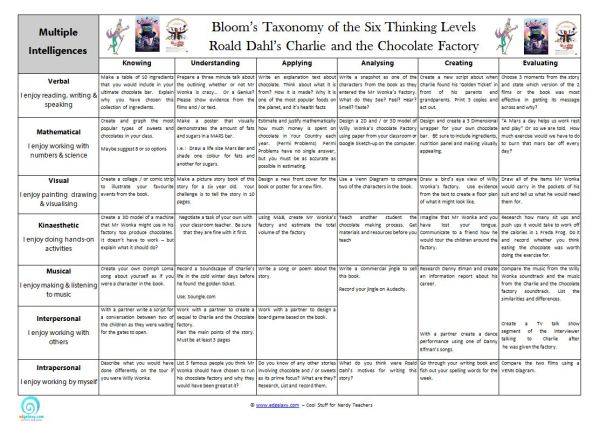Lesson Plan: Identifying vocabulary mentors in your class
/Thanks to Kecia Waddell for submitting this lesson plan. Remember if you would like to sell us your lesson plans also click here
Click here to download the free printable PDF of this lesson plan
This is a student-centered vocabulary activity to be used to identify peer tutors within the process of class discussion. In so doing, the identified Peer Tutors will HELP the Teacher reach the students while teaching vocabulary through active class discussion.
1. Procedures to Execute as a WHITEBOARD ACTIVITY with Note-taking
Provide students with the following info as a handout.
Use the following rating system below to indicate YOUR comprehension of the vocabulary that follows.
0 = Haven’t a clue 1 = Know I have heard it, but I can't define it 2 = Know I have heard it, have some sense of its meaning 3 = Have a good sense of its meaning when I see it or hear it 4 = Can define it and explain its meaning to someone else
2. Teacher presents each term in a PPT display; orally and/or written on board one at a time. Important: ONLY present terms in context of a specific authentic lesson, literature piece, etc. to increase student construction of meaning.
Click here to download the free printable PDF of this lesson plan

